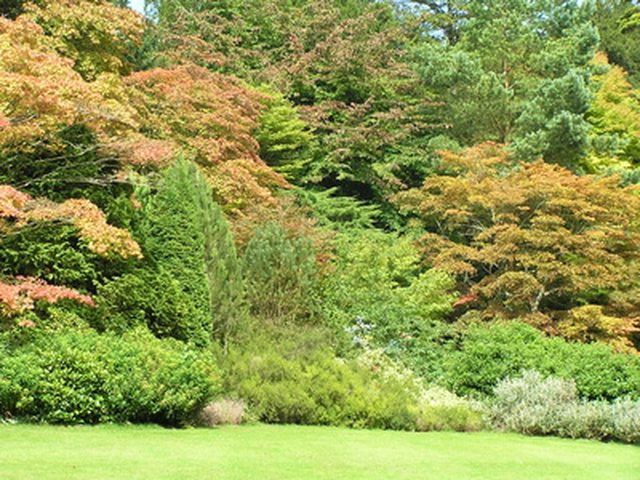Bulbs
Flower Basics
Flower Beds & Specialty Gardens
Flower Garden
Garden Furniture
Garden Gnomes
Garden Seeds
Garden Sheds
Garden Statues
Garden Tools & Supplies
Gardening Basics
Green & Organic
Groundcovers & Vines
Growing Annuals
Growing Basil
Growing Beans
Growing Berries
Growing Blueberries
Growing Cactus
Growing Corn
Growing Cotton
Growing Edibles
Growing Flowers
Growing Garlic
Growing Grapes
Growing Grass
Growing Herbs
Growing Jasmine
Growing Mint
Growing Mushrooms
Orchids
Growing Peanuts
Growing Perennials
Growing Plants
Growing Rosemary
Growing Roses
Growing Strawberries
Growing Sunflowers
Growing Thyme
Growing Tomatoes
Growing Tulips
Growing Vegetables
Herb Basics
Herb Garden
Indoor Growing
Landscaping Basics
Landscaping Patios
Landscaping Plants
Landscaping Shrubs
Landscaping Trees
Landscaping Walks & Pathways
Lawn Basics
Lawn Maintenance
Lawn Mowers
Lawn Ornaments
Lawn Planting
Lawn Tools
Outdoor Growing
Overall Landscape Planning
Pests, Weeds & Problems
Plant Basics
Rock Garden
Rose Garden
Shrubs
Soil
Specialty Gardens
Trees
Vegetable Garden
Yard Maintenance
Adaptation of Mesophytes
Adaptation of Mesophytes. One way scientists classify plants is by water regulation and requirement. Some plants have evolved adaptations in terms of physical traits and strategies, allowing them to survive in extremely dry or wet conditions. Plants without adaptations for extreme conditions are classified as mesophytes.

One way scientists classify plants is by water regulation and requirement. Some plants have evolved adaptations in terms of physical traits and strategies, allowing them to survive in extremely dry or wet conditions. Plants without adaptations for extreme conditions are classified as mesophytes.
Mesophytic Plants are Common Terrestrials
Mesophytes comprise the majority of terrestrial plants. Common terrestrial (dry land) plants are neither drought nor flood tolerant. They have developed no special adaptations to survive in either extremely moist or dry conditions. In fact, most mesophytes would not survive if placed in extreme conditions.
Hydrophytes Have Adaptations for Aquatic Environments
Hydrophytes have adaptations to survive in extremely moist conditions. Some live at the waters edge, on the surface, or in the water itself. Water lilies have evolved large compartments called aerenchyma, allowing them to retain more oxygen in their roots than mesophytes. Mangrove trees live at the water's edge and have adventitious, or above ground, root systems.
Xerophytes Have Adaptations for Desert Life
In desert communities, xerophytes have adaptations to hold water, which is in very short supply. For example, pricklypear cacti have developed a thick, waxy cuticle that seals water in and mucilage production to quickly repair injuries to the cuticle. One of the most interesting of all botanical adaptations is the areole. Areoles can give rise to small or large spines, stems, roots or flowers depending the the needs of the cactus in different environmental conditions.